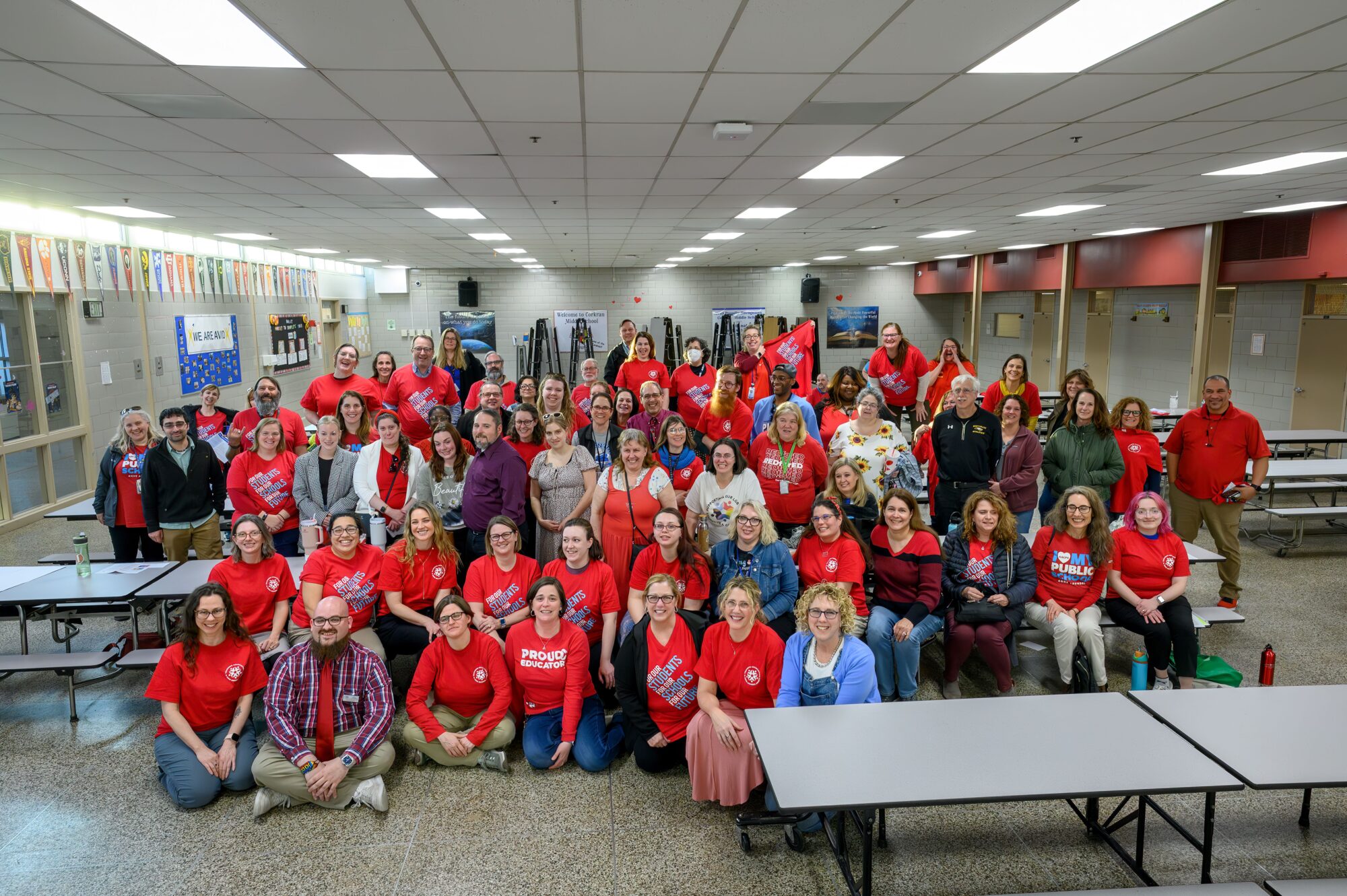NEW SALARY STATUS
Now that both parties have ratified the Agreement for fiscal year 2015-16, it is time to implement its provisions; the first being the salary increase. The 2% increase should be apparent on the November 11 pay distribution. At the time of this correspondence we do not have a projected date for the retroactive money. In order to determine the amount of salary already earned, payroll staff needs to comb through blue sheets to distinguish salary earned from extra wages paid by blue sheets. That will take a little longer to accomplish than making the same 2% adjustment to all employees’ prospective FY16 salaries.
BARGAINING BEGINS AGAIN
Last night’s ratification occurred just in time to begin bargaining for fiscal year 2016-17. TAAAC’s team will have a caucus at 8:30 tomorrow morning and will be joined by the Board’s team at 9:30. As the team prepares its initial package, input from members will be very helpful. Please take a few minutes to complete our bargaining priorities survey by clicking onto the below lick, or copying and pasting same into the URL box: https://www.surveymonkey.com/r/Bargaining_Priorities_FY17
One of the tasks the team will accomplish tomorrow is setting a negotiating schedule. The parties will close the door on new proposals after its second or third meeting – also to be determined tomorrow. Members wanting to complete the survey should do so by the end of October.
WORK TO RULE GUIDANCE
Following the discuss last night’s meeting concerning student knowledge of working to rule, or more specifically, how students knew about working to rule. We’ve requested guidance from MSEA’s Chief Legal Counsel. The text of her response is excerpted below. The entire document is POSTED HERE.
October 22, 2015
To: Bill Jones
From: Kristy K. Anderson
RE: Work to Rule
You have expressed concerns about possible disciplinary action for a teacher’s role or participation in a work to rule.
TAAAC/MSEA/NEA were created to mobilize workplace employees—to increase individual power by many acting as one. Collective actions like working to rule, appearing at board of education budget meetings, contacting county and state lawmakers, and networking with community organizations are proven to make a difference. Change, however, requires collective action through a recognized body, such as TAAAC.
Successful work to rule campaigns require commitment, communication, and courage. While TAAAC can provide specific information, here’s a basic guide on dos and don’ts:
- Adhere to the contract. Attend all required meetings, but nothing more.
- If you have not already committed to a voluntary activity, decline requests to do so by administration.
- If you have already committed to an activity verbally or by signing a contract, ask to be released from the duty. If you are not released, report to the activity.
- If you perform a certain voluntary activity year after year, without a specific agreement, immediately inform the administration before the activity begins that you will not perform the activity for that year.
- If an administrator directs you to perform an otherwise voluntary activity, perform the activity and immediately contact your union.
- Finally, and most importantly, do not engage or involve students in a work to rule action. To involve students through a simple conversation whether in the hall or during class time may be deemed disruptive to the work place and subject to disciplinary action.
As educators, time is valuable. If done correctly, collective action, like working to rule, can be a powerful tool for TAAAC’s negotiations team at the bargaining table.
CONTRACT IS RATIFIED
Last night, following 2 ½ to 3 hours of testimony on the topic, the members of the Board of Education unanimously ratified the FY16 Negotiated Agreement. To all educators who came out to testify whether for or against, “Thank you.” The members of the Board needed to hear the stories told.

